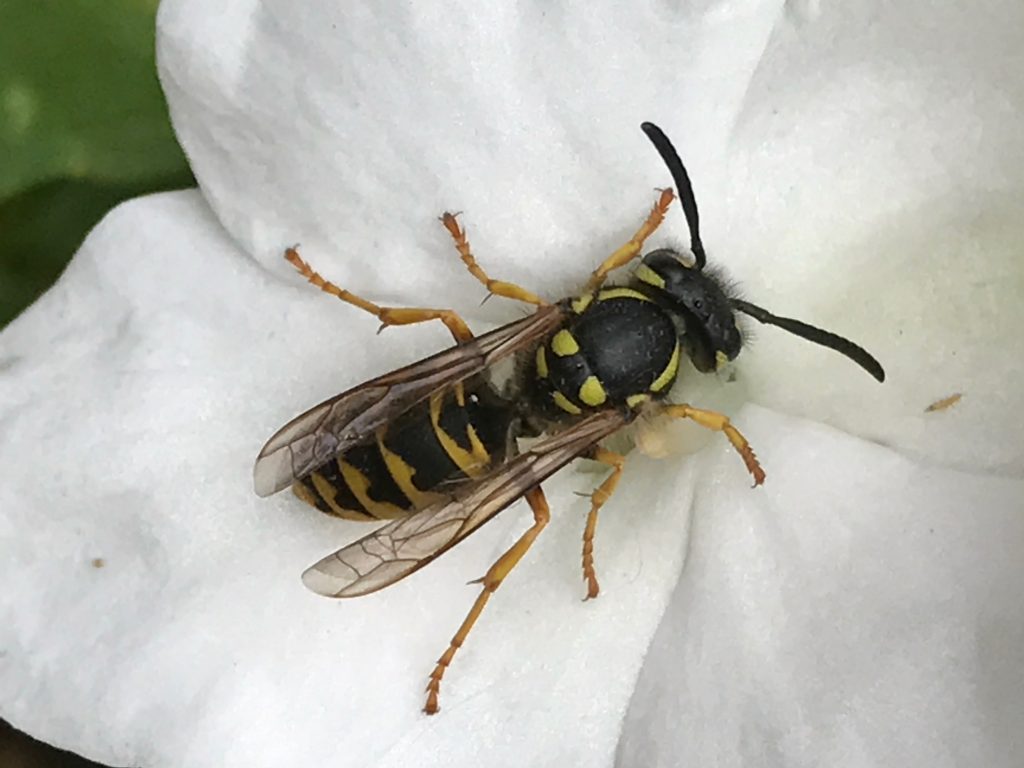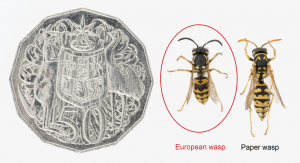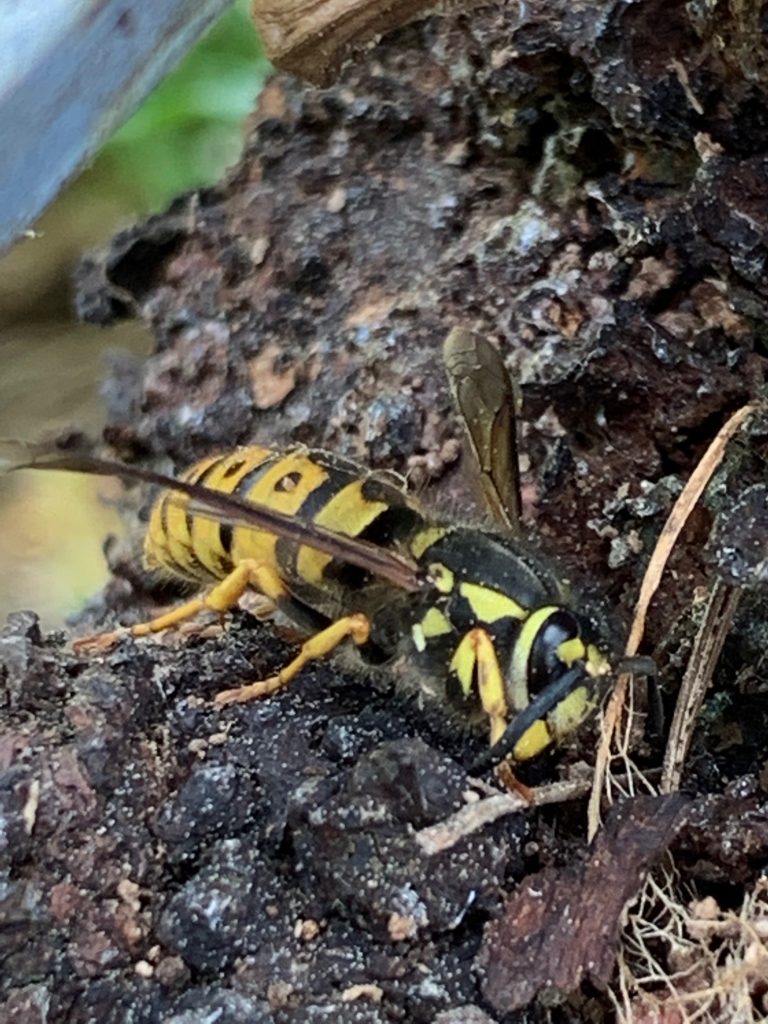ABOUT EUROPEAN WASPS
Wasps belong to the Order Hymenoptera. They are a diverse group of insects: in
Australia alone there are over 12,000 species, ranging from the tiny diapriid wasps,
which are barely visible to the naked eye, to the spider wasps and cicada-killer
wasps, capable of taking large prey. Most wasps have carnivorous larvae that feed
on other insects and spiders. The adults provide food for them by capturing prey or
by laying the egg on or near the food source, which might be an egg, larva or pupa
of another insect.
The European wasp (Vespula germanica) is native to parts of Europe, Asia and
North Africa. It is an introduced species and therefore does not have natural
predators in Australia to keep numbers of these wasps low. In Europe, the cold
winters ensure that only the Queen wasp can live, but the warmer climate of
Australia means the entire nest can survive.
European wasps are a pest because they are far more aggressive than native
wasps. Lack of predators and warmer weather conditions mean that the European
wasp is an increasing problem in Australia. This insect likes to live around humans
because of the ready supply of food and drink, particularly of the sweet varieties.



